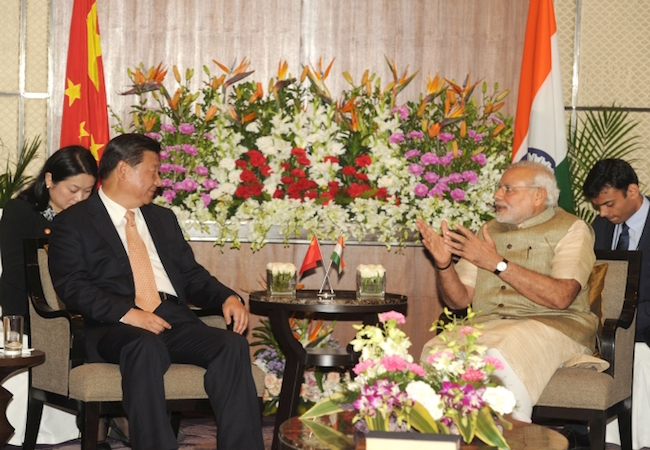
By Shahzadi Tooba Hussain Syed
China and India are among the top five of the world in highest CO2 emission. Both China and India are advanced nuclear energy countries and are expanding their respective civil nuclear energy sectors. The two neighbors have well-established nuclear fuel cycles and reactor designs. However, they vary considerably on the scale and size of their respective civil nuclear energy programs. The Chinese civilian program is growing at a far faster pace with 22 reactors under operation and 27 reactors under construction, while India has 22 reactors under operation and six reactors under construction.
Nuclear power, which currently accounts for just 3 percent of India’s output, is key to future energy plans in India, where a quarter of the 1.2 billion population has little or no access to electricity. India operates 20 mostly small reactors at six sites with a capacity of 4,780 MW, according to the Nuclear Power Corporation of India Limited. The government hopes to increase its nuclear capacity to 63,000 MW by 2032 by adding nearly 30 reactors at an estimated cost of $85 billion.
One of the hindrances to get foreign players up and running in India’s nuclear power sector has been largely elusive due to disagreements over pricing and a liability law that suppliers worry leaves them overexposed in the event of an accident.
So in promoting the use of clean energy Modi and Xi had declared, “India and China believe that expansion of civil nuclear energy program is an essential component of their national energy plans to ensure energy security”.
India has in mind the Chinese assistance to Pakistan’s nuclear weapon program in the past, its harsh reaction to India’s atomic tests in 1998, opposition to the India-US nuclear deal of 2005, and the more recent deployment of Chinese nuclear submarines in the India Ocean. India has also in mind the Chinese help in 1995 when it was struggling to ensure the supply of enriched uranium to the US built Tarapur reactors and China supplied 30 tons of Low Enriched Uranium (LEU) for the two safeguarded Tarapur reactors.
For China the main reason to have this civil nuclear energy cooperation is its eagerness to export its nuclear power reactors. Besides its plans to build new reactors in Pakistan, China has been exploring export opportunities in Argentina, Britain and Romania. Another reason of exploring the options means his country may now be competing with the United States, France, Russia and several others. The US- India Civil Nuclear deal, as a matter of fact is also a reason because Beijing took it as an attempt by Washington to counteract Beijing’s growing influence in the region.
Even having all the friendly ties, China is said to have ‘belligerently’ led opposition to India’s membership of NSG. India has been seeking membership of NSG to enable it to trade in and export nuclear technology. While USA is trying hard to let India be a part of the NSG to counter China’s power in this region. Question of interest for Pakistan is: how this cooperation will be helpful for India except being member of NSG? And if these kind of cooperation exist what is the need to be a part of NSG?




